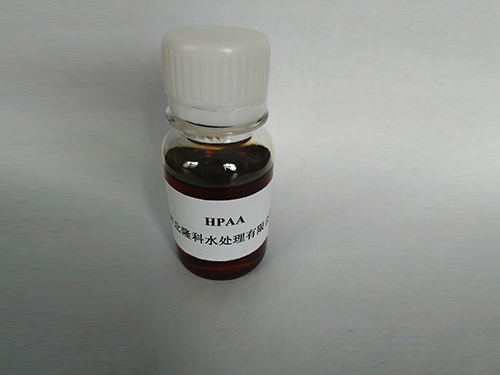Flocculants in Water Treatment Applications and Their Importance for Clean Water
Flocculants Used in Water Treatment Enhancing Water Quality and Sustainability
Water is one of the most vital resources for life, and ensuring its quality is crucial for public health, environmental sustainability, and economic development. Water treatment processes have grown increasingly sophisticated, and one essential component in these processes is the use of flocculants. Flocculants are substances that promote the clumping of particles, facilitating their removal from water. This article explores the significance of flocculants in water treatment, their types, mechanisms, and impacts on water quality and environmental sustainability.
Understanding Flocculation
Flocculation is a process that involves the aggregation of suspended particles into larger clusters or “flocs” that can be easily separated from water. This process is a critical step in various water treatment systems, such as drinking water treatment, wastewater management, and industrial water recycling. Flocculants play a significant role in enhancing the efficiency of sedimentation and filtration processes by increasing the size of the particles that need to be removed.
Types of Flocculants
Flocculants can be broadly classified into three categories inorganic flocculants, organic flocculants, and natural flocculants.
1. Inorganic Flocculants These are primarily metal salts, such as aluminum sulfate (alum) and ferric chloride. They work by neutralizing the charges on suspended particles, allowing them to come together and form larger aggregates. Inorganic flocculants are effective and widely used, especially in conventional water treatment plants.
2. Organic Flocculants These include synthetic polymers such as polyacrylamides and polyethyleneimines. Organic flocculants are designed to enhance the flocculation process through their charge and molecular structure. They can provide better settling rates and improved filtration performance compared to inorganic options, making them ideal for treating complex wastewater.
3. Natural Flocculants Derived from natural sources, these flocculants include substances like chitosan (from shellfish) and starch-based materials. Their use is gaining popularity due to their biodegradability and lower environmental impact. Natural flocculants can provide effective results, particularly in small-scale applications and environmentally sensitive areas.
flocculants used in water treatment

Mechanisms of Flocculation
The effectiveness of flocculants primarily stems from their ability to destabilize colloidal particles. This destabilization can occur through several mechanisms
- Charge Neutralization Most suspended particles in water carry a negative charge, which tends to repel other particles. Flocculants neutralize this negative charge, allowing particles to come closer together and form flocs. - Collision and Formation Once the charge is neutralized, colliding particles can stick together due to van der Waals forces, leading to the formation of larger agglomerates.
- Bridging Mechanism In the case of polymeric flocculants, long-chain molecules can bridge multiple particles together, creating larger and more stable flocs that settle more efficiently.
Environmental Considerations
The use of flocculants in water treatment not only improves water quality but also has implications for environmental sustainability. Effective water treatment reduces the load of pollutants discharged into natural water bodies, protecting aquatic ecosystems. Additionally, by promoting the recycling and reuse of industrial water, flocculants contribute to water conservation efforts, which are increasingly vital in water-scarce regions.
However, it is essential to consider the potential negative impacts of flocculants. Some synthetic flocculants can be toxic to aquatic life if not properly managed. As a result, the selection of appropriate flocculants must be done judiciously, weighing their effectiveness against potential ecological risks. The shift towards natural and biodegradable flocculants represents a promising direction in minimizing environmental impact.
Conclusion
The use of flocculants in water treatment is a vital technology that enhances the quality of water, ensuring it is safe for consumption and friendly to the environment. As the demand for clean water continues to rise globally, the development and application of effective flocculants will play a significant role in achieving sustainable water management practices. By understanding their mechanisms, types, and environmental implications, water treatment facilities can optimize their processes to safeguard public health while also protecting our precious water resources.
-
Pbtc Scale InhibitorPBTC: A Scale Protector for Industrial Water TreatmentNewsAug.05,2025
-
Organic Phosphonate: An Efficient Defender in the Field of Scale InhibitionNewsAug.05,2025
-
Hydrolyzed Polymaleic Anhydride: Green Pioneer in Scale Inhibition FieldNewsAug.05,2025
-
PAPEMP Polyamino Polyether Methylene Phosphonic Acid For SaleNewsAug.05,2025
-
Flocculant Water Treatment: A Pioneer in Purification in the Field of Water TreatmentNewsAug.05,2025
-
Benzyl Isothiazolinone: An Efficient and Broad-Spectrum Antibacterial Protective GuardNewsAug.05,2025





